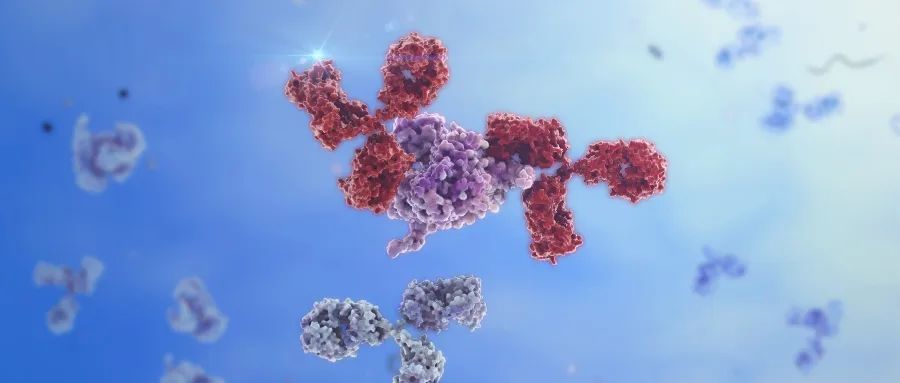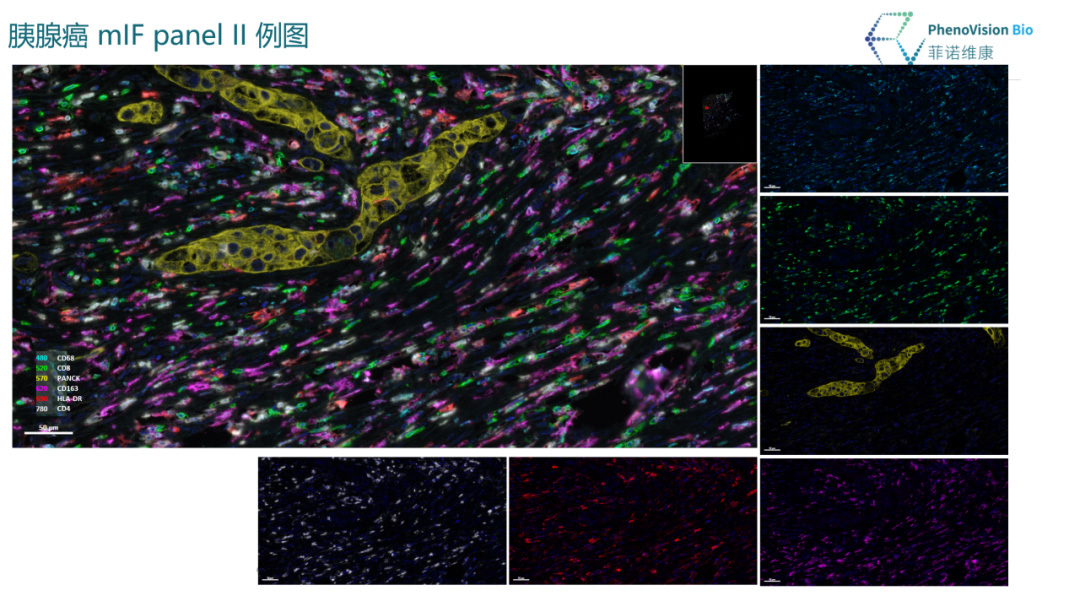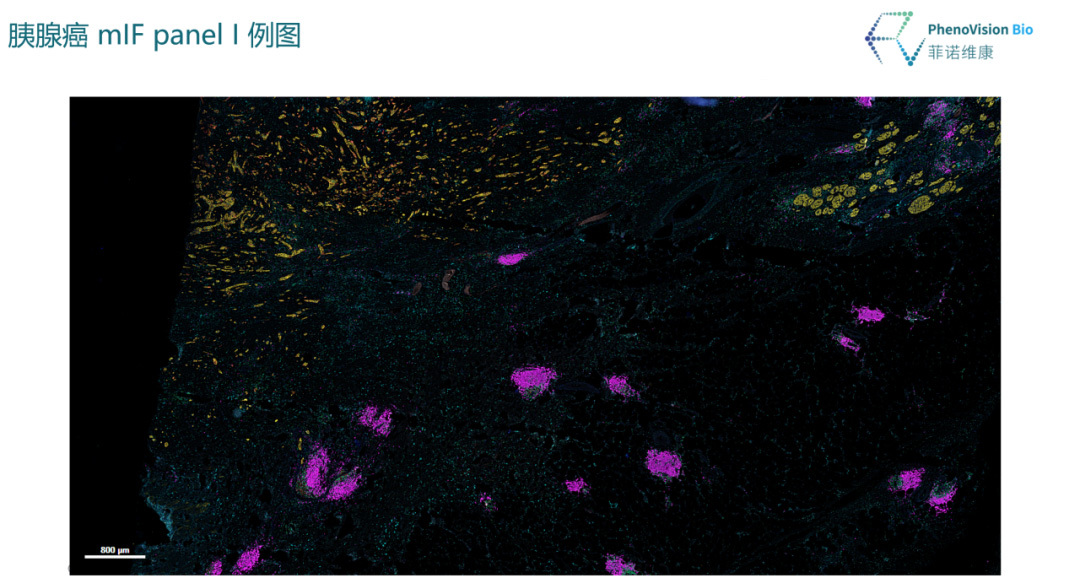08
2023
-
11
Application Sharing Topic 1 | Thinking of Multi-target Detection in Situ of Pancreatic Cancer
On October 27, 2023, Professor Wu, a well-known public health expert and chief epidemiologist of the Chinese Center for Disease Control and prevention, died of pancreatic cancer at the age of 60. Pancreatic cancer, the "king of cancer", once again entered the public eye. Prior to this, "the father of Apple" Jobs, the famous tenor Pavarotti and others were also diagnosed with pancreatic cancer and fought against cancer for years, and finally passed away. The reason why pancreatic cancer is called "the king of cancer" is that its early symptoms are not obvious, and the onset is often in the middle and late stages. At the same time, the pancreas is hidden in the depth of the abdominal cavity, and the surrounding blood supply is rich and easy to transfer, and pancreatic cancer is a primary, congenital drug-resistant disease, and the effective rate of drug treatment is very low.

On October 27, 2023, Professor Wu, a well-known public health expert and chief epidemiologist of the Chinese Center for Disease Control and prevention, died of pancreatic cancer at the age of 60. Pancreatic cancer, the "king of cancer", once again entered the public eye. Prior to this, "the father of Apple" Jobs, the famous tenor Pavarotti and others were also diagnosed with pancreatic cancer and fought against cancer for years, and finally passed away. The reason why pancreatic cancer is called "the king of cancer" is that its early symptoms are not obvious, and the onset is often in the middle and late stages. At the same time, the pancreas is hidden in the depth of the abdominal cavity, and the surrounding blood supply is rich and easy to transfer, and pancreatic cancer is a primary, congenital drug-resistant disease, and the effective rate of drug treatment is very low.
Since 80% of patients with pancreatic cancer have lost the opportunity for surgical treatment when they are discovered, the treatment methods for this tumor species are actively exploring in addition to traditional anti-cancer treatments such as surgical resection, radiotherapy and chemotherapy. In. For example, for patients with advanced pancreatic cancer with BRCA1/2 gene mutation, the targeted therapeutic drug poly ADP ribopolymerase [poly (ADP-ribose) polymerase,PARP] inhibitor can be used for maintenance treatment on the basis of the effectiveness of first-line platinum drugs. For patients with advanced pancreatic cancer with high microsatellite instability (microsatelliteinstability-high,MSI-H) or mismatch repair loss (deficiency of mismatch repair,dMMR), immune checkpoint inhibitors are recommended in second-line therapy.
For the diagnosis of pancreatic cancer, histopathology and/or cytology is the "gold standard" for the diagnosis of pancreatic cancer ". Except for patients who are to undergo surgical resection, the remaining patients should try to make a clear pathological diagnosis before making a treatment plan.
Current methods of obtaining histopathological or cytological specimens include:
(1) Ultrasound, EUS or CT-guided biopsy;
(2) cytology of ascites;
(3) exploratory biopsy under laparoscopy or laparotomy.
Therefore, the research on this kind of cytological detection and related targets needs to be further excavated.
In addition to the field of diagnosis, the study of immune microenvironment for tumor has been widely concerned in a variety of tumor fields in recent years. In the study of pancreatic ductal carcinoma, a research team led by the University of Michigan conducted a detailed mapping study of it. Studies have shown that there is a large heterogeneity in pancreatic cancer samples obtained by surgery, and depleted T cells, bone marrow-derived immune cells, and dendritic cells all play an important role in pancreatic ductal carcinoma. And TIGHT in pancreatic ductal carcinoma is consistent with the protein in the blood. In this paper, multiple immunofluorescence assay was used to detect the immune surveillance sites and related immune cells in pancreatic ductal carcinoma.


Figure 1, the original verification of the sequencing results using multiplex immunofluorescence in the article.
Coincidentally, when the Finowicam R & D team recently observed a case of pancreatic cancer using multiple immunofluorescence, it was found that CD8 positive T cell infiltration and a large number of bone marrow-derived macrophages M1 and M2 were observed in poorly differentiated pancreatic cancer (Figure 2). Interestingly, the distribution of multiple tertiary lymph node structures was observed in this section of poorly differentiated pancreatic cancer (Figure 3). It suggests that pancreatic cancer has potential applicability for immunotherapy.

Figure 2, co-detection of six protein targets on a paraffin section of a human poorly differentiated pancreatic cancer using the Finovicon Pheno multi-color immunofluorescence detection kit (Cat: PVB-2003).
To identify the distribution characteristics of Treg, killer T cells, M1, M2 macrophages.

Figure 3, co-detection of six protein targets on a paraffin section of a human poorly differentiated pancreatic cancer using the Finovicon Pheno multi-color immunofluorescence detection kit (Cat: PVB-2003).
The pink area is a tertiary lymph node structure marked by CD20 and other targets.
Key words:
Latest information






